Calendula Seed Propagation – Tips For Growing Calendula From Seed
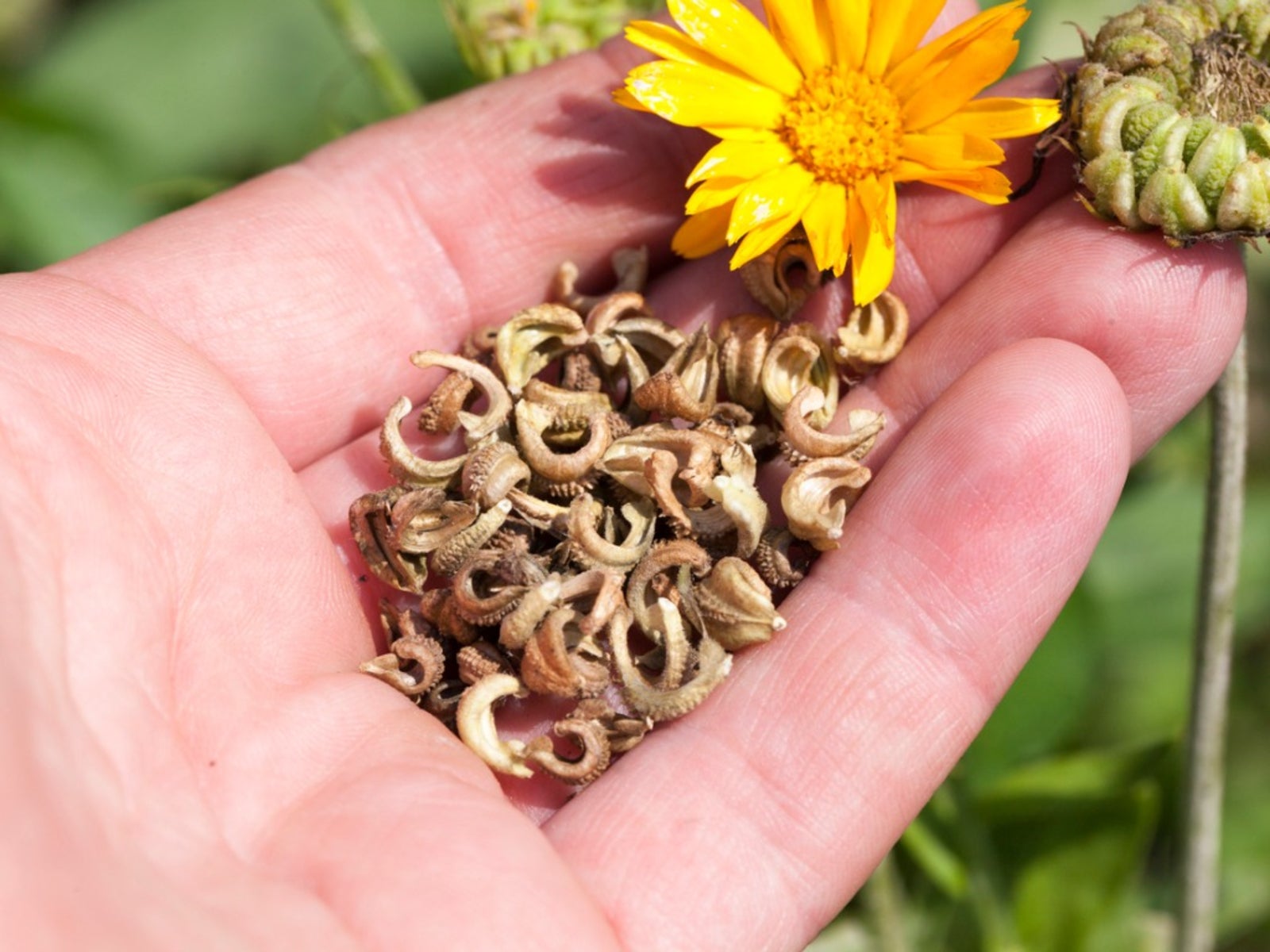

The beautiful, bright orange and yellow flowers of the calendula add charm and cheer to beds and containers. Also known as pot marigold or English marigold, calendula is edible and has some medicinal uses. With a little extra effort, you can propagate and grow this annual from seed.
Growing Calendula from Seed
Growing calendula is easy, as this plant will tolerate a lot of different conditions. It likes full sun or partial shade, prefers well-drained soil, and tolerates frost and colder temperatures. It is deer resistant and will tolerate poor quality soil. Collecting and sowing calendula seeds is pretty easy and worth the effort to keep enjoying this flower season after season without buying transplants. After the blooms have passed, they will produce seed heads, which if left alone will lead to self-propagation and volunteer plant growth. To keep your beds tidy, trim off most of these seed heads. The self-propagation can be aggressive. Cut off spent flowers quickly, as the seed heads develop soon after the bloom is gone. Trim them off just above the next flower bud. You can leave a few to self-propagate or to develop fully for collection and sowing. The seeds develop as light brown to gray, long, and curved seeds that grow in a circle around the center of the flower. Simply collect these and save for sowing later.
When and How to Sow Calendula Seeds
Calendula grows easily and readily from seed, but there are a couple of important considerations when sowing. The first is that these cold-tolerant plants will grow weaker and smaller if you sow the seeds during warm weather. If sowing directly outdoors, put them in the ground a couple of weeks before you expect the last frost. The second important factor to note when planting calendula seeds is that light will disrupt germination. Make sure you cover the seeds with soil to a depth of about one-quarter to one-half inch (6 mm. to 1 cm.). Sowing in spring is the typical time for calendula seed propagation, but you can do it again in the summer to get more fall blooms. The plants may be weaker due to the hotter temperatures, but they will still give you extended flowering.
Gardening tips, videos, info and more delivered right to your inbox!
Sign up for the Gardening Know How newsletter today and receive a free copy of our e-book "How to Grow Delicious Tomatoes".

Mary Ellen Ellis has been gardening for over 20 years. With degrees in Chemistry and Biology, Mary Ellen's specialties are flowers, native plants, and herbs.
-
 4 Superfast Composting Methods: Turn Waste Into Garden Gold In 30 Days Or Less
4 Superfast Composting Methods: Turn Waste Into Garden Gold In 30 Days Or LessTry the fastest composting methods to turbocharge your pile and transform kitchen scraps and garden waste into finished compost in just a few weeks.
By Mary Ellen Ellis
-
 Best Spider Plant Soil – Complete Soil Guide And Expert Tips For Keeping Plants Happy
Best Spider Plant Soil – Complete Soil Guide And Expert Tips For Keeping Plants HappySpider plants are fun and easy plants to grow, but what is the best soil for a spider plant? Selecting the right soil is important so they can thrive.
By Bonnie L. Grant
-
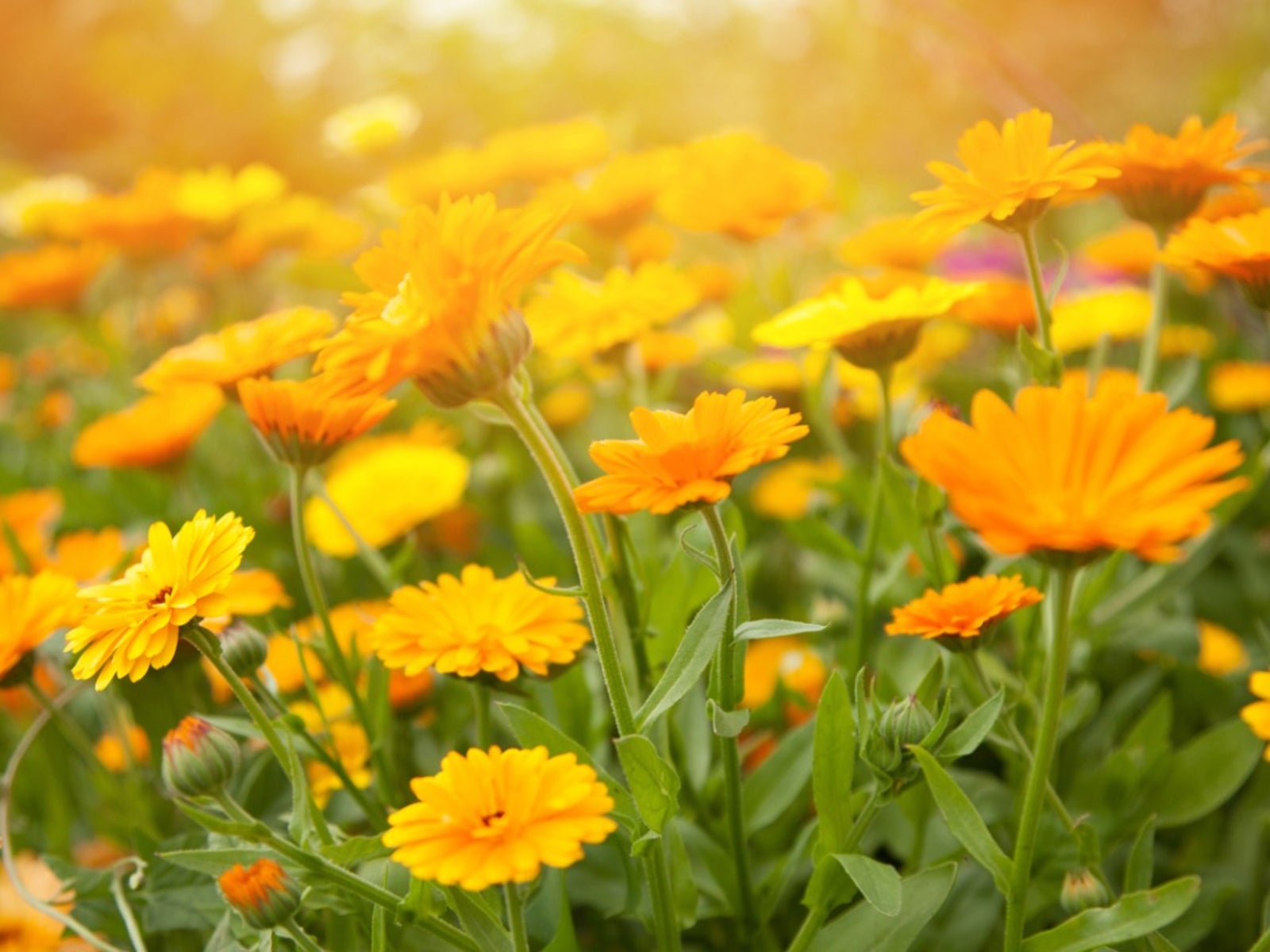 Common Diseases Of Calendula – How To Treat Sick Calendula Plants
Common Diseases Of Calendula – How To Treat Sick Calendula PlantsUseful to treat a variety of medical ailments calendula may be, but that doesn’t mean calendula doesn’t get its own share of plant diseases. Click this article to learn about diseases of calendula and managing diseased calendula plants.
By Amy Grant
-
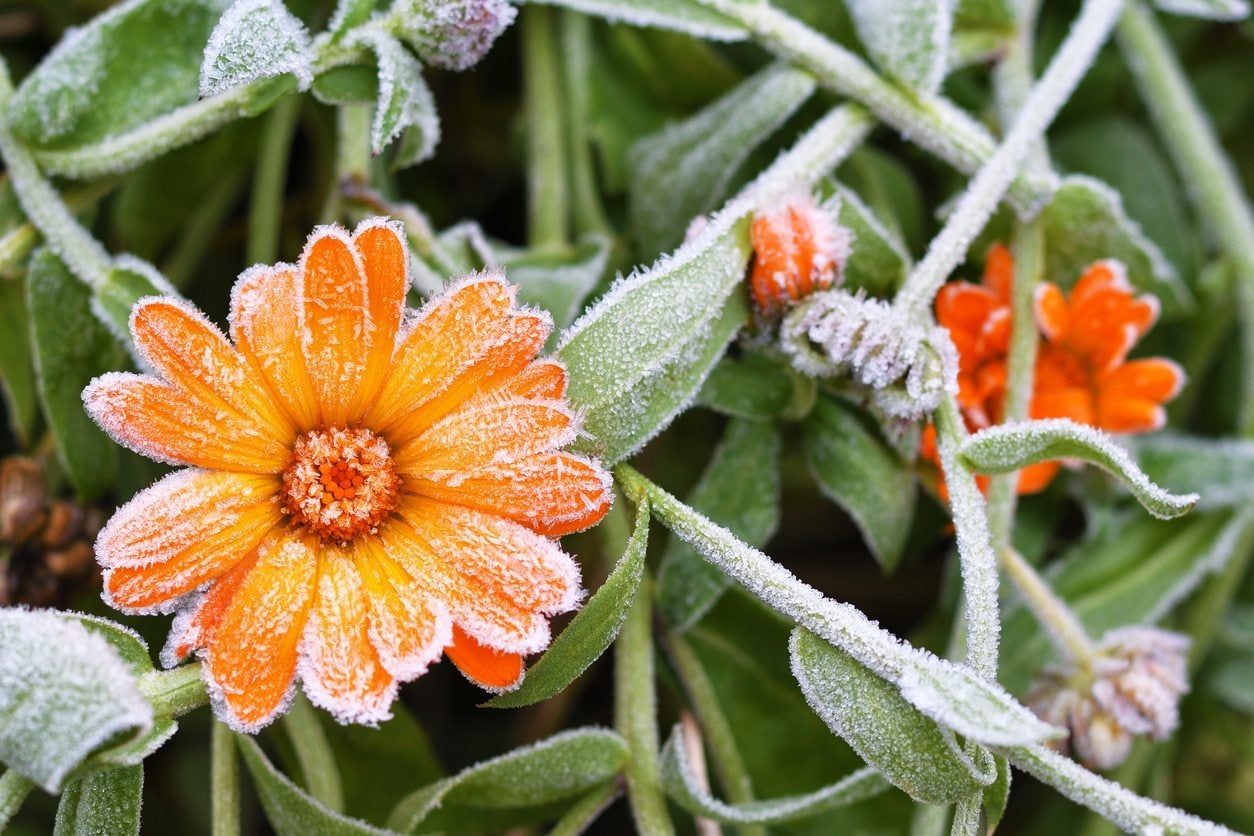 Calendula Winter Care – How To Keep Calendula Over Winter
Calendula Winter Care – How To Keep Calendula Over WinterAlthough some varieties are short-lived perennials in zones 8-10, most gardeners grow calendula as annuals. Calendula winter care isn't necessary when they are grown as annuals, but this article will discuss what to do with calendulas in winter.
By Darcy Larum
-
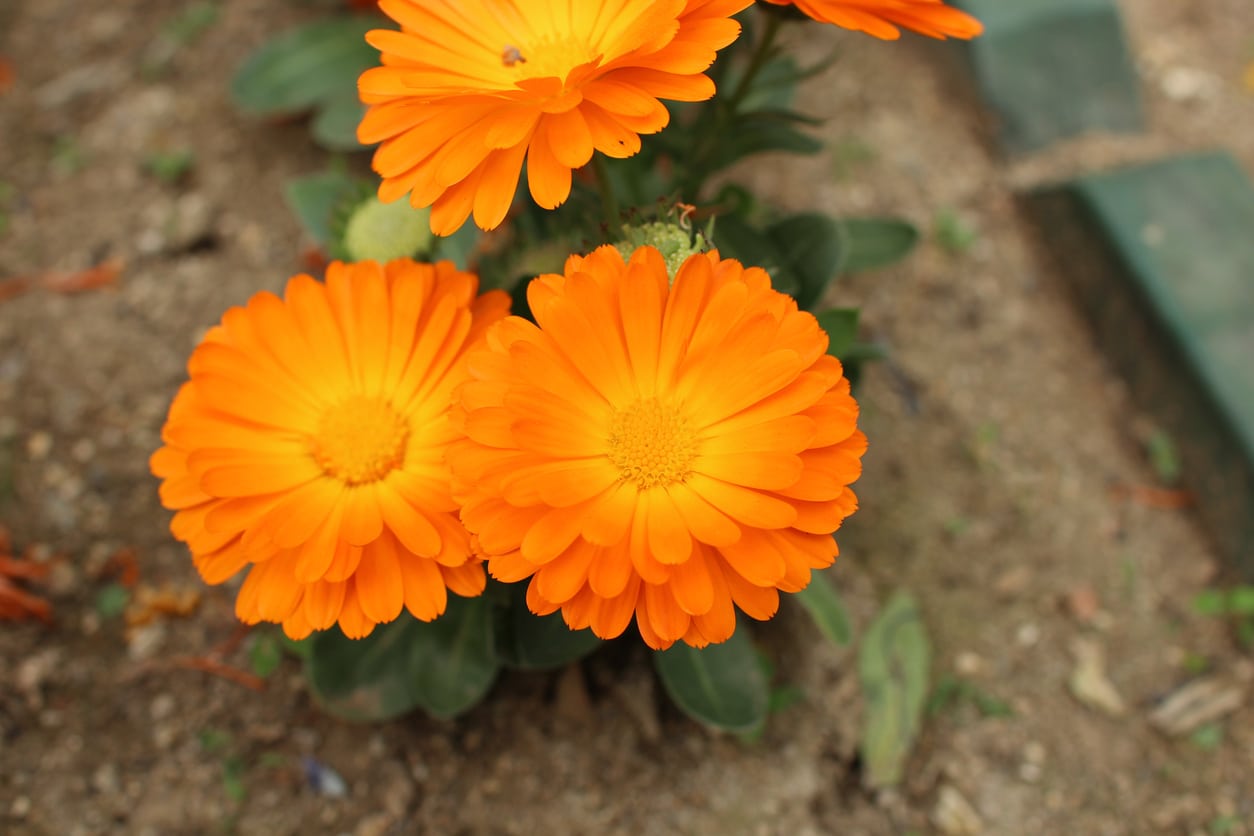 Common Calendula Problems – Learn About Calendula Pests And Diseases
Common Calendula Problems – Learn About Calendula Pests And DiseasesThere are 15 species in the calendula genus, each easy to grow and fairly problem free. That said, even low maintenance calendula has problems and does have its share of pests and diseases. The following article contains information to help with this.
By Amy Grant
-
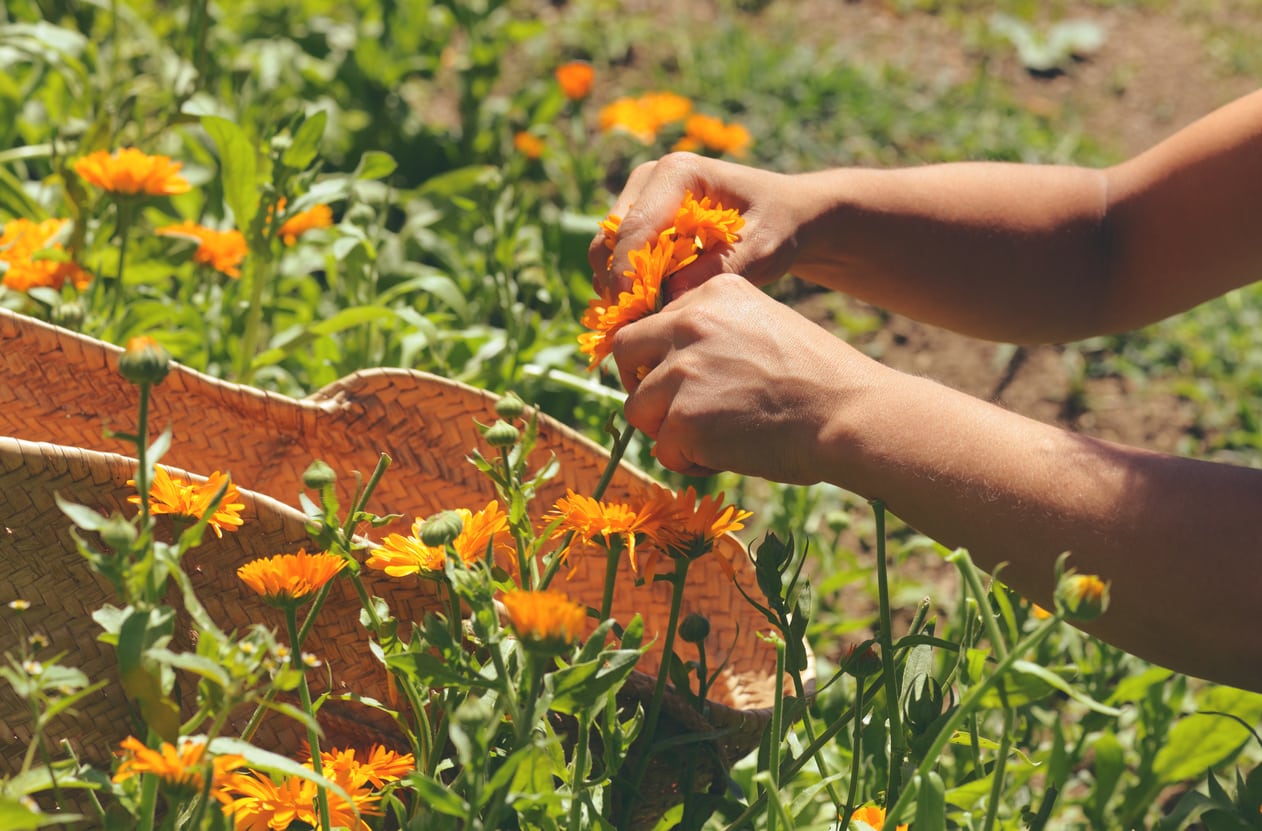 Guide To Calendula Deadheading – Removing Spent Calendula Flowers
Guide To Calendula Deadheading – Removing Spent Calendula FlowersWhile calendula deadheading isn't necessary, the process can improve the appearance of plants and make way for new buds to receive the sun's kiss. Some tips on how to deadhead a calendula will have your plant in season-long production. Learn more here.
By Bonnie L. Grant
-
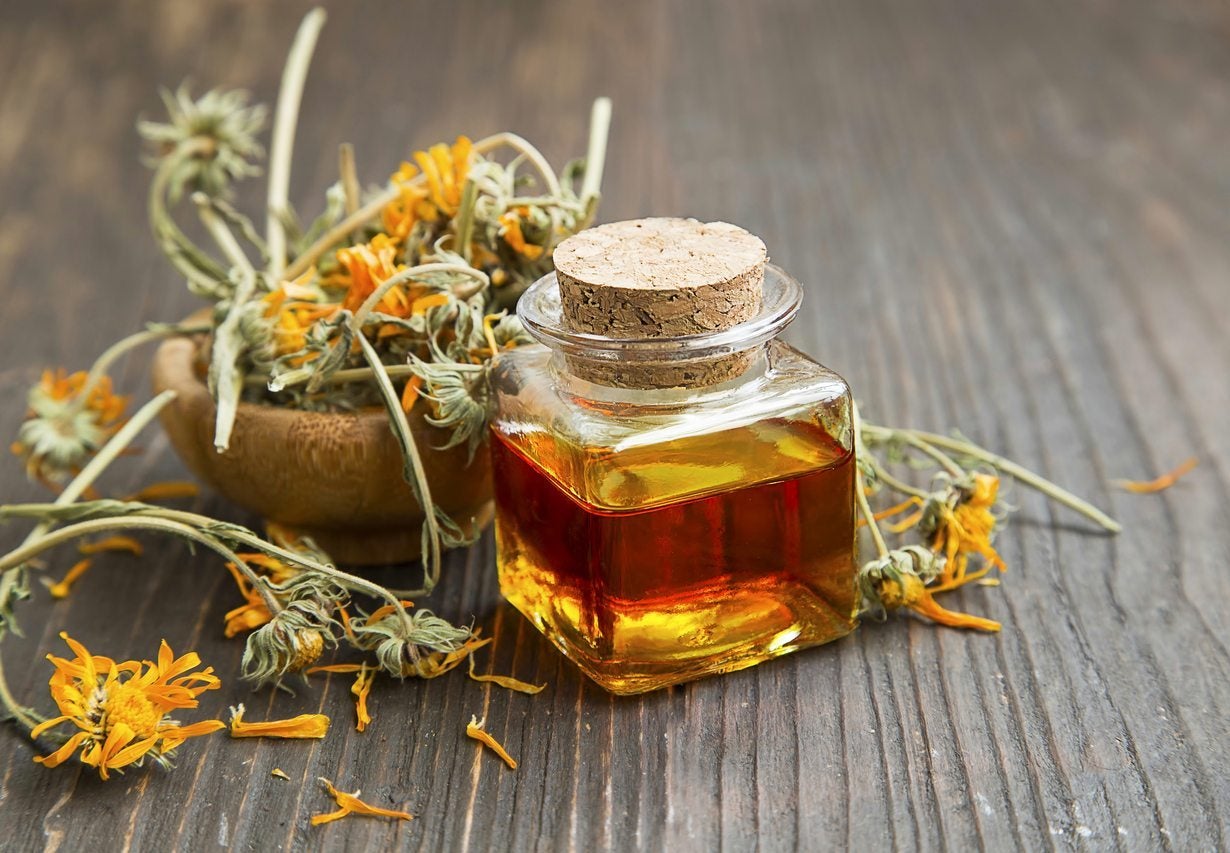 Calendula Oil Uses: Learn How To Make Calendula Oil
Calendula Oil Uses: Learn How To Make Calendula OilCalendula is certainly an important herb to have on hand. One of the simplest ways to take advantage of calendula's healing properties is by making calendula oil. Click on this article to learn how to make calendula oil for health and beauty.
By Darcy Larum
-
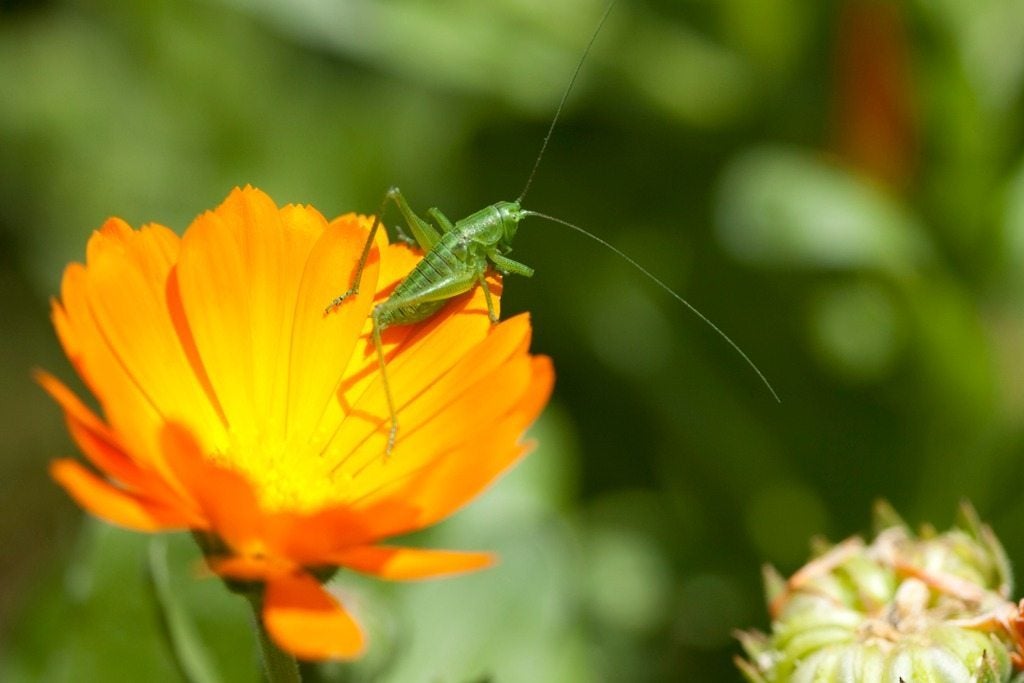 Bugs That Eat Calendula – Does Calendula Attract Pests To The Garden
Bugs That Eat Calendula – Does Calendula Attract Pests To The GardenWhile calendula grows like crazy with little effort on your part, the plants attract a number of good bugs, and are also susceptible to attack by certain harmful calendula pests. Click this article to learn more about the good, the bad and the ugly.
By Mary H. Dyer
-
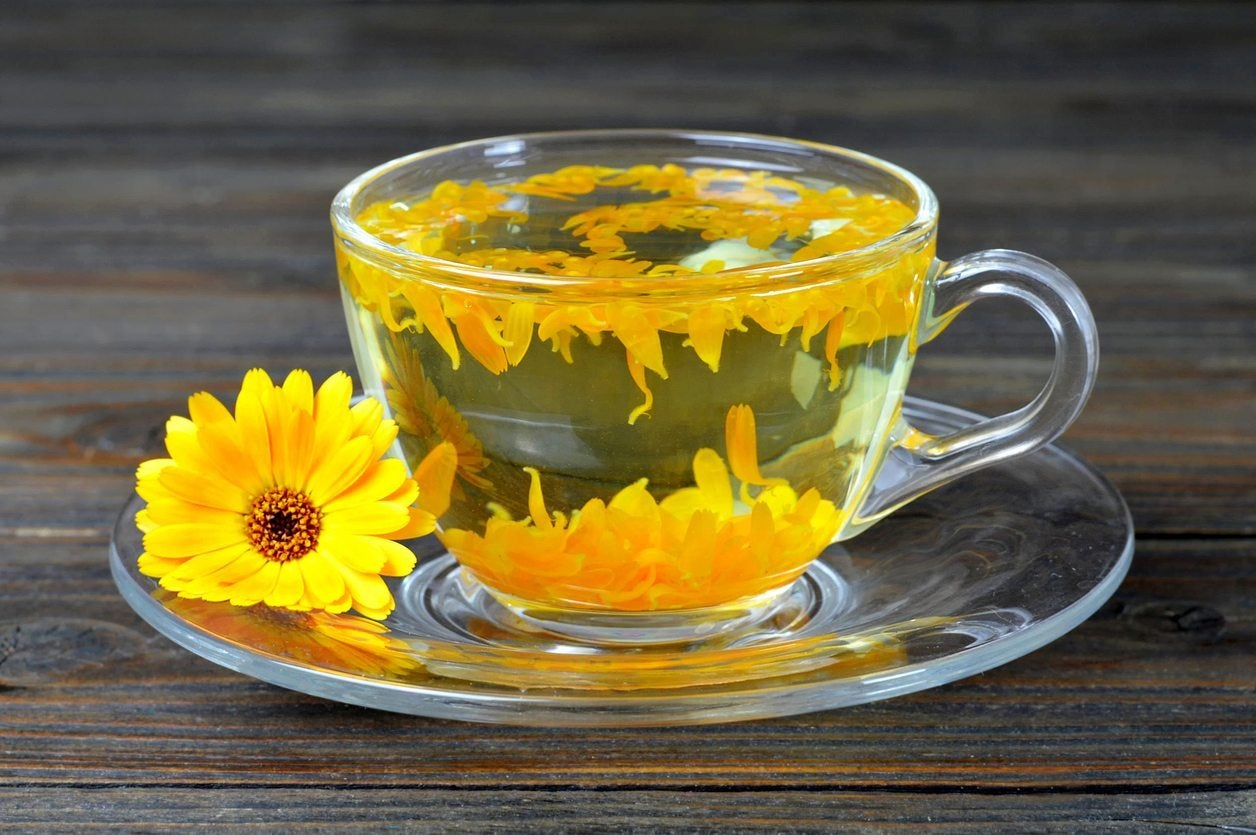 How To Make Calendula Tea – Growing And Harvesting Calendula For Tea
How To Make Calendula Tea – Growing And Harvesting Calendula For TeaA calendula flower is so much more than just a pretty face. Once you learn about calendula tea benefits, you'll have even more reasons to love this plant. If you are considering growing calendula for tea, then the following article will help.
By Teo Spengler
-
 Common Calendula Uses: What To Do With Calendula Flowers
Common Calendula Uses: What To Do With Calendula FlowersNative to the Mediterranean, calendula is a plant that has been used medicinally for centuries. It's a pretty plant to grow in the garden, but there are also a lot of calendula uses that you could try. Learn more about what to do with calendula plants in this article.
By Mary Ellen Ellis